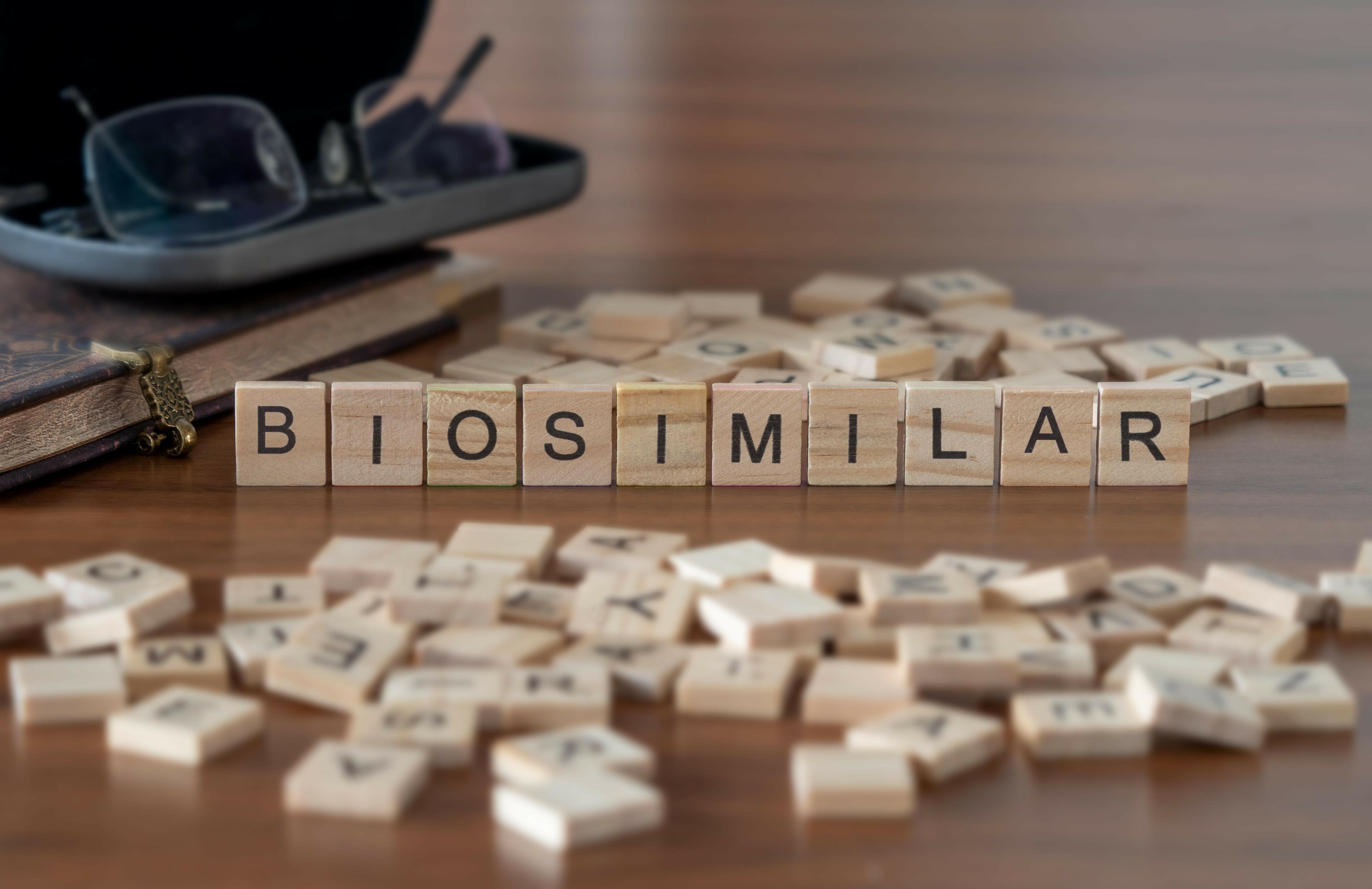Romiplostim Biosimilar Found Non-Inferior to Reference Drug, May Be Effective for Chronic Immune Thrombocytopenia
Despite having a lower cost of development than the innovator, romiplostim biosimilar has comparable efficacy and safety in patients with chronic immune thrombocytopenia.
A biosimilar for romiplostim (Nplate; Amgen), called ENZ110, was found non-inferior to the reference list drug for patients with chronic immune thrombocytopenia (ITP), according to the results of a study published in the Indian Journal of Hematology Blood Transfusion. Among patients in the study, 85.3% of those treated with the biosimilar achieved platelet response and 75% of those treated with the innovator achieved platelet response.
Credit: lexiconimages - stock.adobe.com

ITP is a hematologic disorder that results in low platelet count (thrombocytopenia) that is often idiopathic and chronic, lasting for more than 12 months. Adults with ITP have higher rates of morbidity and mortality than the general population.
Most current therapies—including intravenous (IV) immunoglobulin, steroids, anti-D-immunoglobulin, and splenectomy—intend to increase a patient’s platelet count to at least 20–30 × 109/L with little harm. Romiplostim is a fusion protein that can improve platelet synthesis in patients who are refractory to other treatments “via the Janus kinase 2 (JAK2) and signal transducers and activators of transcription 5 (STAT5) kinase pathways,” the study authors wrote in the article.
Innovator romiplostim (Nplate) is currently not an affordable option for some, so an affordable and effective biosimilar is an unmet treatment need. The investigators conducted a 12-week study to evaluate the efficacy and safety of romiplostim biosimilar ENZ110.
The prospective, multicenter, randomized (3:1), double-blind clinical trial enrolled male and female patients aged 18 to 65 years with ITP, a platelet count of 30 × 109/L or less, and who have been treated with at least 1 prior therapy. During the study, patients were treated with subcutaneous biosimilar or innovator romiplostim once weekly for 12 weeks.
The primary outcome was proportion of patients with platelet response greater than or equal to 50 × 109/L. Secondary outcomes were single-dose truncated pharmacokinetics, incidence of treatment-emergent AEs (TEAEs), and the presence of anti-romiplostim antibody at baseline, end of study (EOS) visit, and at the post-study visit.
ENZ110 was found to be non-inferior to the innovator. In the per protocol population, 85.3% of patients treated with the biosimilar met the primary outcome compared to 75% in the Nplate arm. In the intent-to-treat population, 83.8% of patients treated with ENZ110 and 76.9% patients treated with Nplate achieved the primary endpoint.
“Statistically significant response was noted in both the groups from baseline to week 12 in both the populations,” the study authors wrote in the article.
Both products also had similar rates of TEAEs, with approximately 5% more patients in the biosimilar arm presenting AEs than patients in the innovator arm (66.7% and 61.5%). Further, 2 patients in the biosimilar arm showed anti-drug antibodies, but this was not a significant amount and does not largely reduce the pharmacokinetic efficacy of the biosimilar, according to the study authors.
Reference
Chandrakala S, Toshniwal M, Halvawala M, et al. Efficacy and Safety of Biosimilar Romiplostim Versus Innovator Romiplostim in Patients with Chronic Immune Thrombocytopenia. Indian J Hematol Blood Transfus. 2023 Jul; 39(3): 435–441. doi: 10.1007/s12288-022-01602-5
